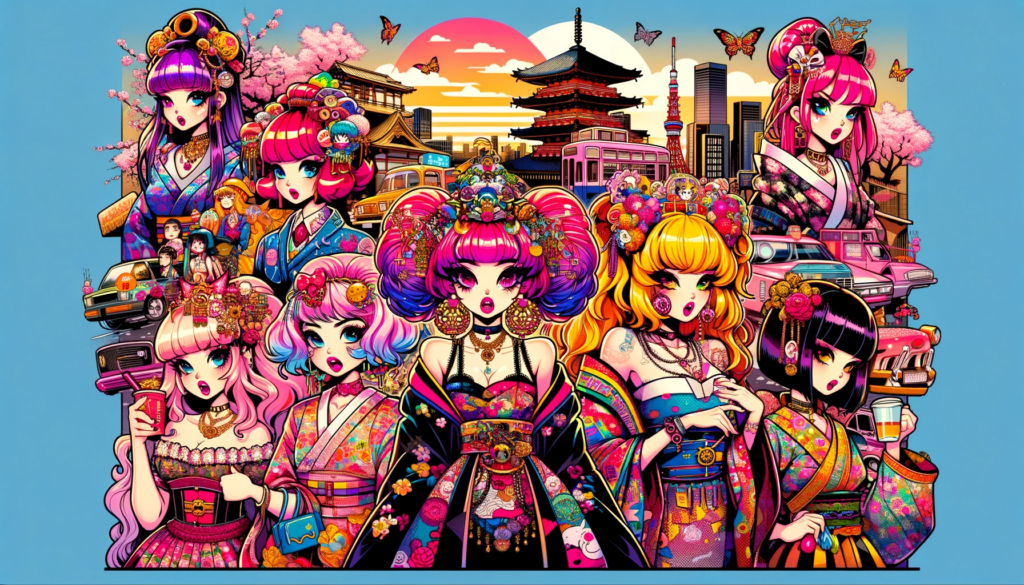If you know anything about Japanese culture, then you have definitely come across the phenomenon known as ‘gyaru’ or ギャル. Gyaru, which is a Japanified version of the word ‘gal’, is a Japanese fashion subculture.
Gyaru girls dress up in flashy outfits with outlandish hairstyles and deep tanned skin. As soon as you see one you will instantly know the distinct dolled up look that characterise gyaru.
In this article we’ll discuss:
What a gyaru is and what characterises gyaru
The gyaru subculture and where it originates
The different types of gyaru and what the subculture looks like today
What Is A Gyaru?
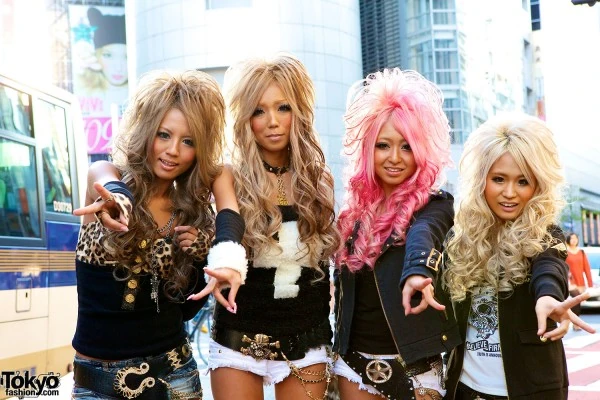
The typical look of a gyaru, source: https://gyaru-109.fandom.com/wiki/Gyaru
A gyaru is someone who dresses up in the typical dolled up Americanised rock star look. Typical gyaru style will involve a died, curled up hairstyle that has more volume than you can imagine. Fake tan, fake eyelashes, fake hair, everything is maxed out and extravagant.
The term gyaru comes from the Japanese way of saying girl, which is ギャル. This term was coined by the American clothing brand Lee that used it to market their jeans that were for ‘gals’. This word quickly took on its own life and was soon used an entire fashion movement.
The point of the gyaru subculture is to step away from the often conservative binds of traditional beauty standards. Gyaru fashion is about letting go and pushing away against the system.
It should be no surprise then that this subculture quickly gained a lot of popularity among high school girls in the 1990’s and early 2000s in Japan.
Different Types of Gyaru
The history of gyaru is full of many different styles of gyaru. From the original kogyaru that birthed the movement to the more American inspired amekaji or the foxy agejou . Typically, a gyaru can be recognised by her large voluminous dyed hair, usually in all sorts of exotic colours.
From blonde hair, bleached hair, or brown hair to more daring neon pink curls. Together with long decorated fake nails, a variety of flashy clothing, these young women definitely catch attention, and sometimes even coloured lenses to make their pupils look larger.
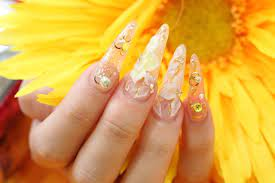
Typical example of the characteristic long decorated nails that gyaru often like, source: itnail.jp
But being a gyaru is about more than just dressing up, it’s about embracing a culture. The gyaru have their own slang, their own magazines, and even an entire genre of music. Being gyaru is about letting go and being yourself. It’s about stepping away from the withdrawn conservative culture that they came from and daring to stand out.
A Short Intro To Gyaru Culture
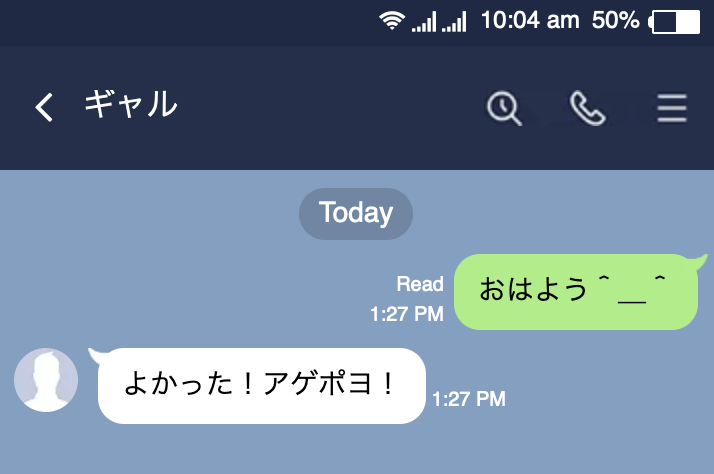
Gyaru have their own slang, with words such as ‘agepoyo’ (アゲポヨ) that means YOLO.
While gyaru are easily recognised by their distinct style, gyaru culture is about so much more than just dressing up. It’s more than just a fashion movement, it’s a lifestyle. Gyaru not only had their own way of dressing, but they also had their own slang, gyaru magazine, and hangout spots. For example, the gyaru word アゲポヨ is equivalent to saying ‘YOLO’. It was used by gyaru to express their excitement for something. Other gyaru slang terms were made by adding the suffix ーポヨ to the end of a word. This way words were made such as ヒマポヨ (hima+poyo=free time). But there were also other slang words that were made just because they sounded cute, such as あとんす (atonsu) to say ‘thank you’. This slang was known as gyaru-go or gyaru-speak. Gyaru also had their own magazine where they could read all about the latest trends and fashion in the gyaru culture. The most famous gyaru magazine was EGG. EGG magazine was a gyaru magazine that mostly wrote about ganguro. These dark tanned skin girls are what we now know as the stereotypical gyaru.
The original high school gyaru
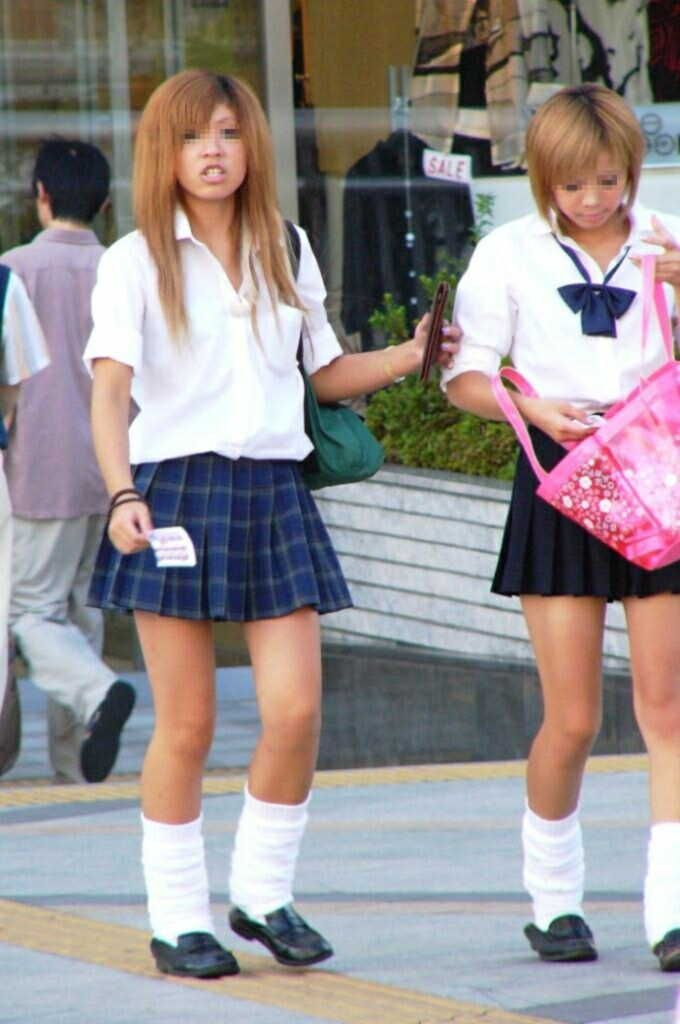
The original kogyaru that birthed the gyaru fashion movement.
The gyaru movement originally found its popularity in the late 1990’s and early 2000s Japan. This first wave of gyaru subculture were girls only biker gangs that terrorised the streets of Tokyo. It’s no surprise that the rebellious nature from these biker gangs stayed alive in the gyaru subculture since then. At its peak, there were many forms of gyaru. Each with their own distinct style.
Where Did Gyaru Originate
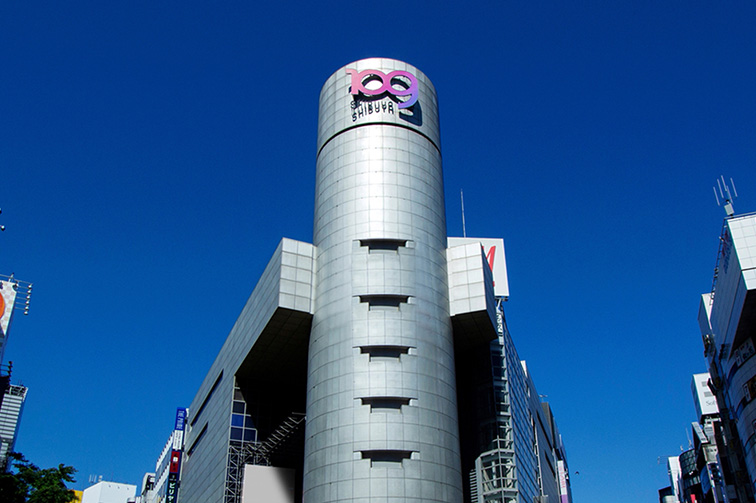
This mall was the birthplace of gyaru where the original kogyaru starting the movement, source: www.shibuya109.jp
Gyaru originated from these biker gans, but the first true form of gyaru came from what was called the kogyaru. These were high school girls, often from very well off and expensive schools, that would flock to Shibuya after school for some shopping and hanging out at the Shibuya109 mall.
The Shibuya109 mall is now famous as the birthplace of gyaru subculture. Here, the young kogyaru would would meet up to do their shopping in loose socks and their school uniform. This set the style for the gyaru subculture at the time as these girls were often popular and set the style for the period.
What Is Hime Gyaru
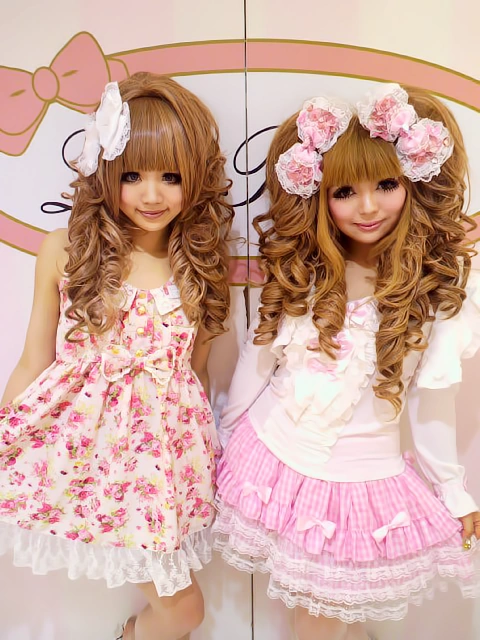
A picture of two girls with the hime gyaru style, source: https://j-fashion.fandom.com/wiki/Hime_Gyaru
One of the most distinct and recognisable styles of gyaru is the hime gyaru style. Hime gyaru, or ‘princess gyaru’ in Japan is a subculture within gyaru where the focus of the style is to look as cute and as innocent as possible. Girls will dress in cutesy pink dresses with large voluminous hair. These girls often wear their hear in large bubbly curls with cute bows or flowers in it to match their dresses. This style is very easily recognisable and one of the first things most people think about when they think about gyaru.
Modern Equivalent Of The Gyaru Subculture
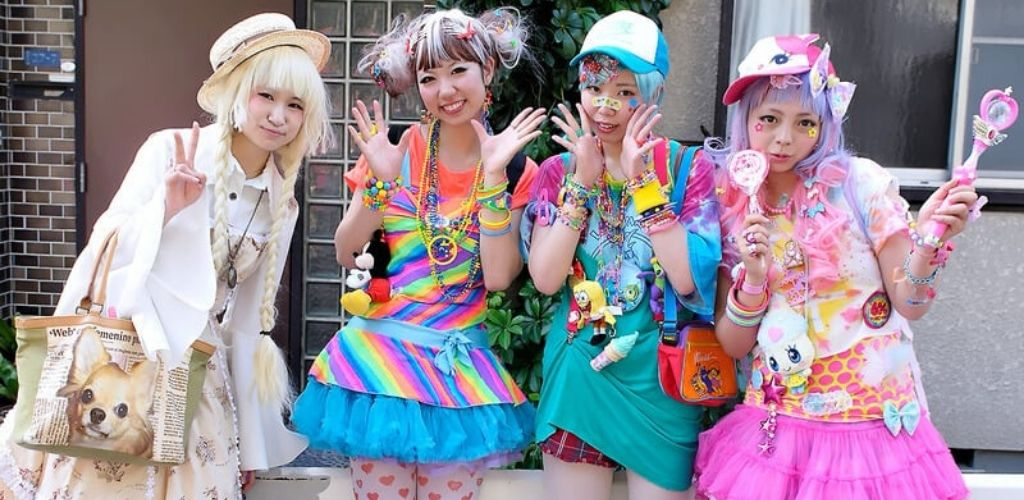
Harajuku is home to all sorts of fashion trends, source: japan-avenue.com
The gyaru culture has seen a lot of change over the past decades. While originally it was seen as a wave of rebellion among high school girls, it is now a niche fashion subculture among fashion enthusiasts. The gyaru movement of today is almost unrecognisable compared to what it was. The gyaru magazine that set the trends has shut down and everything has moved to blogs now. Original gyaru would don dark tanned skin, but today the popular style is to have more pale skin. The closest thing we have to the gyaru movement today are the various fashion trends of Harajuku, where all sorts of fashion enthusiasts congregate to show off their style.
Conclusion
As you can see, gyaru is about much more than just tanned skin and dyed hair. The gyaru subculture was an entire movement that encouraged girls to break free from their societal expectations and chart out their own course. While the gyaru movement as we knew it might not be around, we can still feel its impact on Japanese society today.

